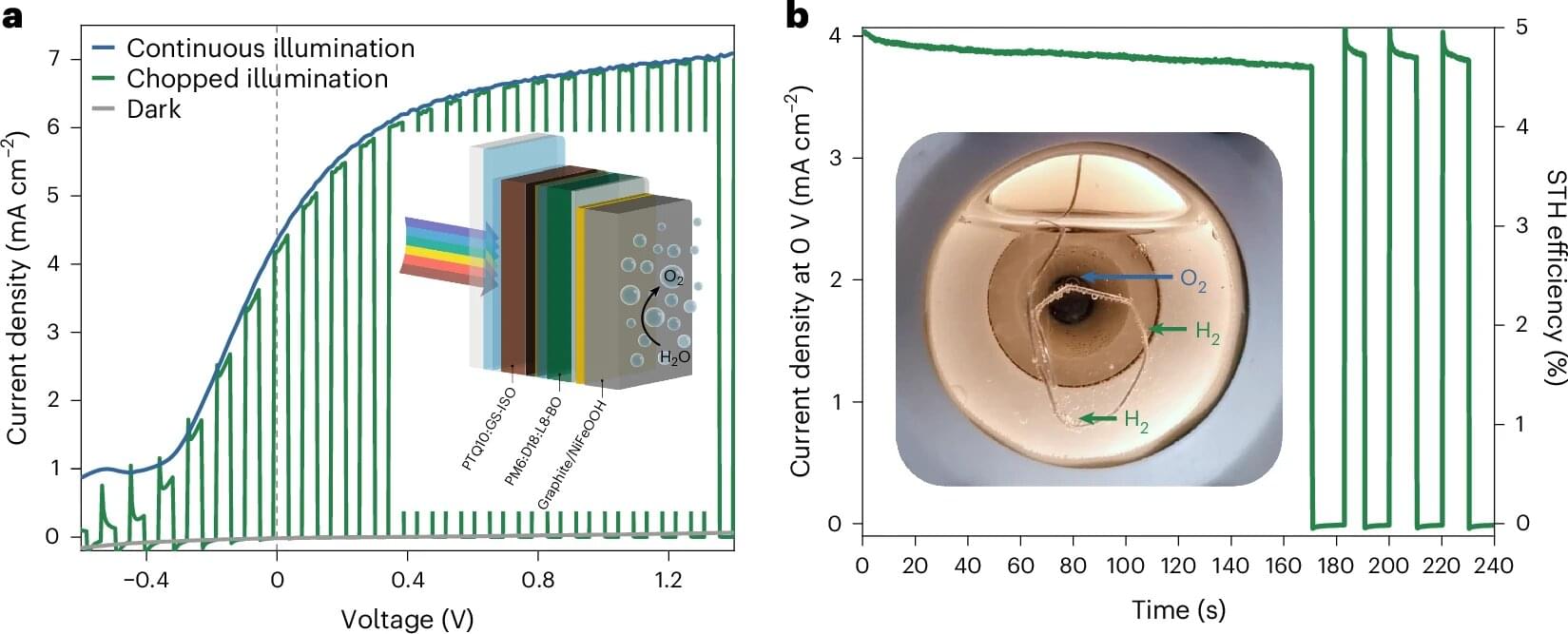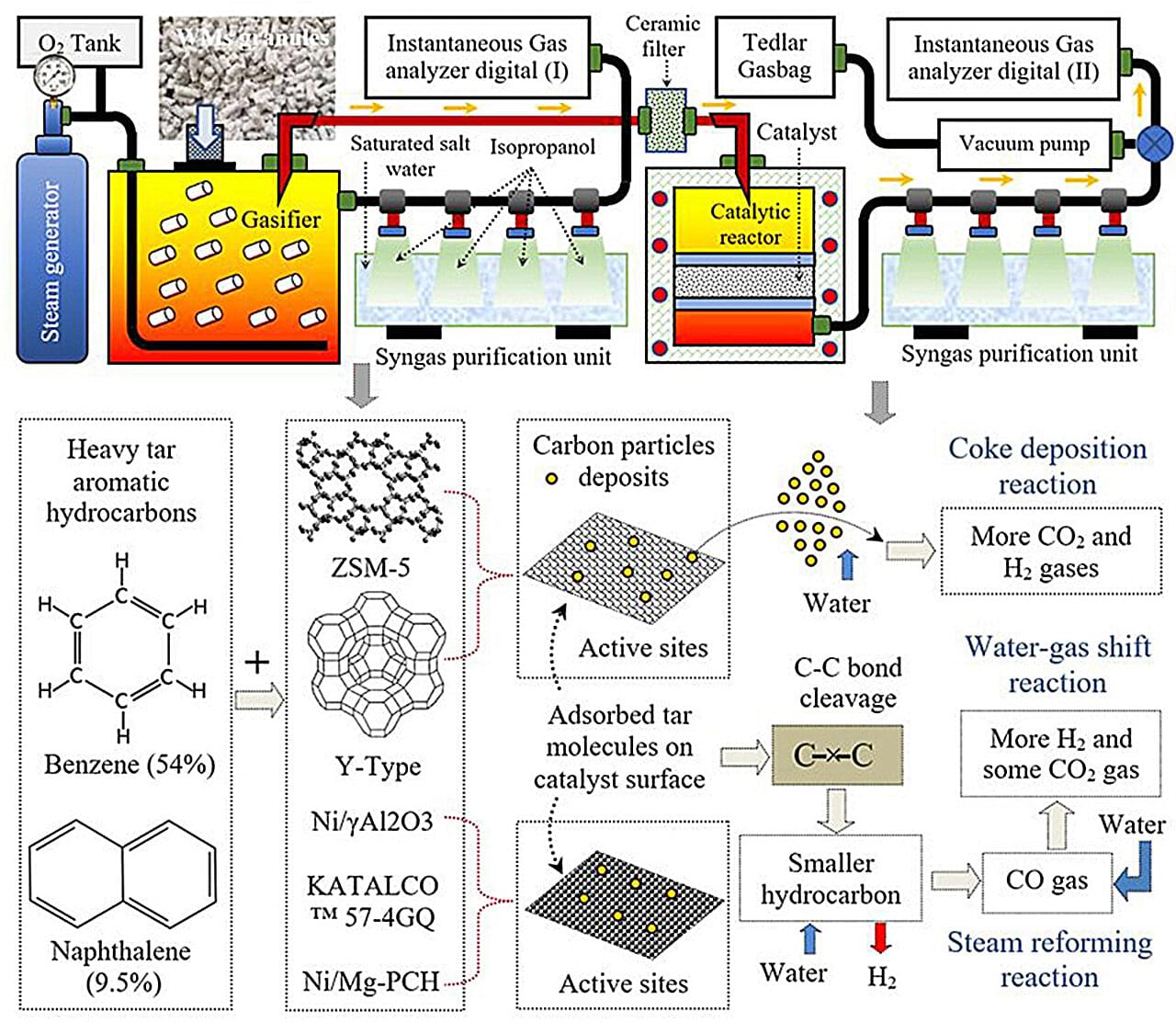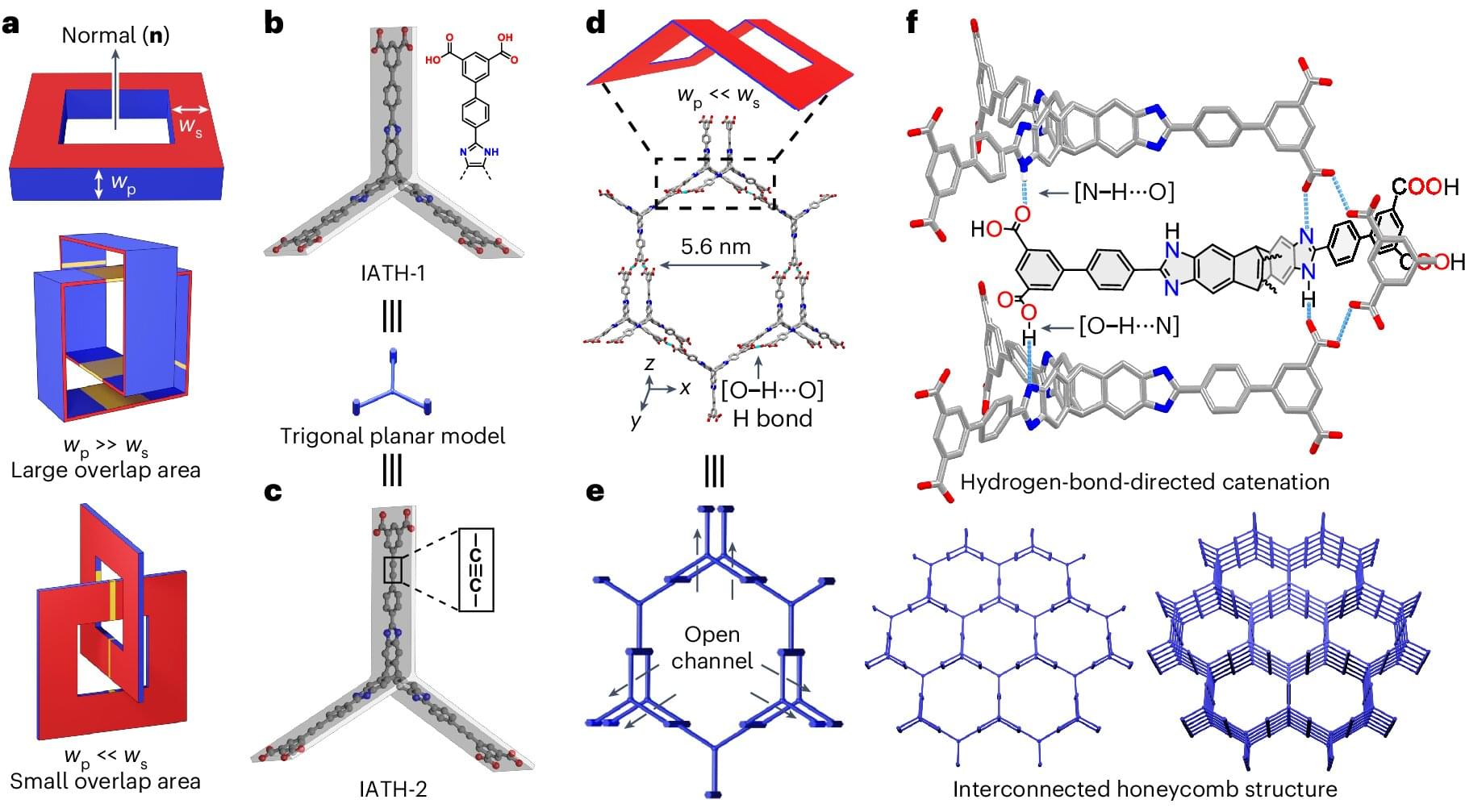As the growth in global electricity need and supply continues to accelerate, efficient power electronics will be key to improving grid efficiency, stability, integration, and resilience for all energy sources.
Advances in wide-bandgap materials for semiconductors offer the potential to enable greater power handling in power electronics while reducing electrical and thermal losses. Wide-bandgap materials also allow for smaller, faster, more reliable, and more energy-efficient power electronic components than current commercial silicon-based power electronic components.
Researchers from the National Renewable Energy Laboratory (NREL), the Colorado School of Mines, and Oak Ridge National Laboratory examined a potential route to achieve peak performance of aluminum gallium nitride, AlxGa1-x N, a key material for increasing power electronics’ energy efficiency and performance, through growth on optimized substrate materials.









